Developing inland waterways – a solution to sustainably reduce logistics costs in Vietnam
If investment in waterway transport increases by 2-3% per year (reaching 5-7% of total investment in transport), it will bring huge economic benefits because the average cost/ton-km of road transport is 3-5 times higher than that of inland waterway transport.
 |
| Dr. Bui Thien Thu - Professor at Okayama University (Japan), Director of Vietnam Inland Waterways Administration. |
Recently, public and private investment in infrastructure in Vietnam reached 5.7% of GDP, the highest in Southeast Asia and the second highest in Asia, after China (6.8% of GDP).
Currently, the whole country has about 595,000 km of roads (2,021 km of highways), 3,143 km of railways, 34 seaports with over 100 km of wharves, 1,015 ships with a total tonnage of 10.7 million tons (ranked 3rd in ASEAN and 27th in the world); 16 dry ports (11 announced, 5 ICDs planned to become dry ports).
The inland waterway sector currently has more than 17,000 km of inland waterway transport exploitable with 310 ports, more than 6,000 inland waterway wharves, 270,000 inland waterway vehicles, nearly 3,000 coastal vehicles and 352 inland waterway shipbuilding facilities.
To achieve the goal of breakthrough infrastructure development, in 2023 and 2024, Vietnam will have an additional 312 km of expressway, expected to complete the target of 3,000 km by 2025.
In the aviation sector, the National Assembly recently approved adjustments to the investment policy for the Long Thanh International Airport Project; and approved the investment policy for the high-speed railway project on the North-South axis.
In the field of inland waterways, the Ministry of Transport has coordinated with ministries and localities to complete and put into operation the canal connecting the Day River with the Ninh Co River, and is signing a loan agreement for the Southern Waterway and Logistics Corridor Development Project (expected to start construction in the third quarter of 2025).
In the maritime sector, the Ministry of Transport and localities are currently accelerating the progress of investment in Lien Chieu port, dredging many important maritime routes such as: Cai Trap canal project, Rach Gia, Hai Phong (Lach Huyen section), Hai Thinh, Cua Lo, Da Nang, Sa Ky, Soai Rap, Saigon - Vung Tau; maritime routes for large tonnage ships on Hau River; completing and putting into operation the project to renovate and upgrade maritime routes to ports in the South Nghi Son area; completing construction and adjusting the project of 3 construction packages of the Cai Mep - Thi Vai waterway upgrade project...
Congestion at seaports, risk of increased logistics costs
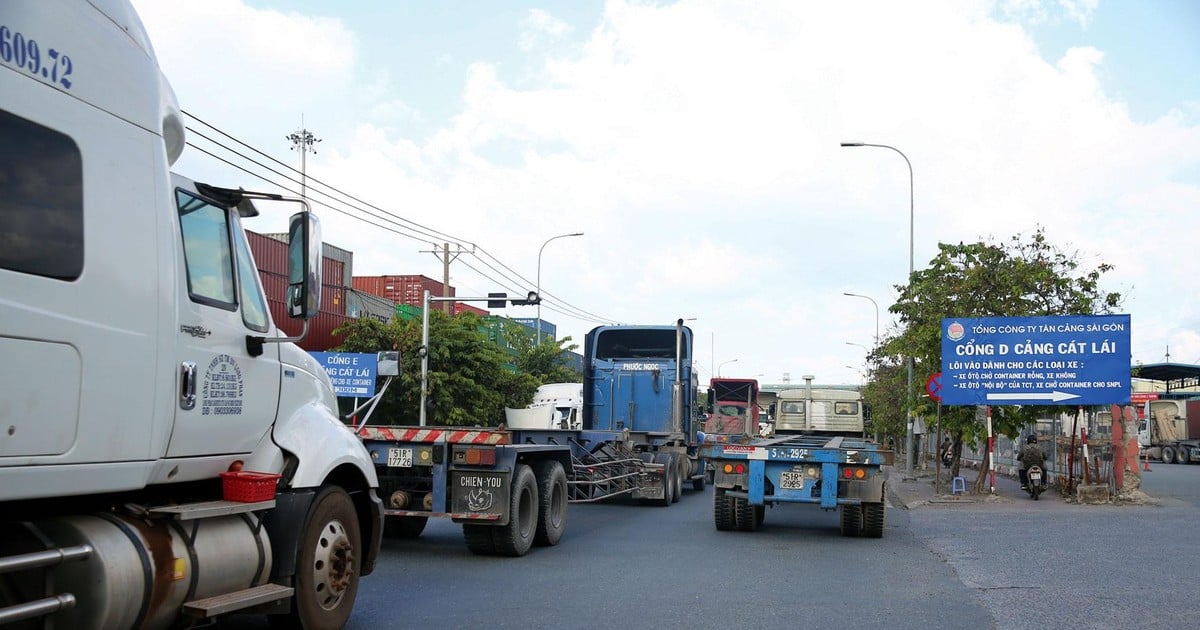 |
| Traffic jam on the road to Cat Lai port - Ho Chi Minh City. |
With the current status of logistics infrastructure mentioned above, it basically meets the increasing transportation demand, serving the country's socio-economic development. However, the connectivity between modes of transportation is not good, especially between road - waterway - seaport modes.
Specifically, currently, while we have almost no railway connecting to seaports, the connection between roads and major seaports (Hai Phong, Quang Ninh, Ho Chi Minh City, Ba Ria - Vung Tau) is very congested, especially at Cat Lai port area - Ho Chi Minh City.
According to a study by the United States Agency for International Development – USAID: In 2021, an average of 16,400 trucks arrive at Cat Lai port every day, trucks may have to wait up to 3 hours before reaching the gate, causing traffic congestion along the route connecting to the port. If lined up in a row, 16,400 trucks arriving at the port will stretch up to 322 km… USAID also predicts that by 2030 the number of containers passing through Cat Lai port will double.
Not only Cat Lai port area - Ho Chi Minh City, according to the forecast of goods through the Vietnamese seaport system, by 2030, the main seaports are forecasted to double the amount of goods throughput compared to the present time, specifically: Hai Phong seaport increased 2.2 times (in 2023 reached 67.6 million tons, forecasted to reach 215 million tons in 2030); Ho Chi Minh seaport increased 1.5 times (in 2023 reached 165.4 million tons, forecasted to reach 253 million tons in 2030); Ba Ria - Vung Tau seaport increased 2.1 times (in 2023 reached 112.7 million tons, forecasted to reach 236.9 million tons in 2030).
Currently in Vietnam, the average logistics cost is equivalent to 16.8 - 17% of GDP and is still quite high compared to the world average (about 10.6%). With the above-mentioned growth rate of goods, if the logistics infrastructure and connectivity between modes of transport are not improved, they will not be able to meet transportation needs, congestion on routes leading to main seaports will become increasingly serious, at which point logistics costs may increase higher than at present, if there is no long-term, sustainable transportation solution.
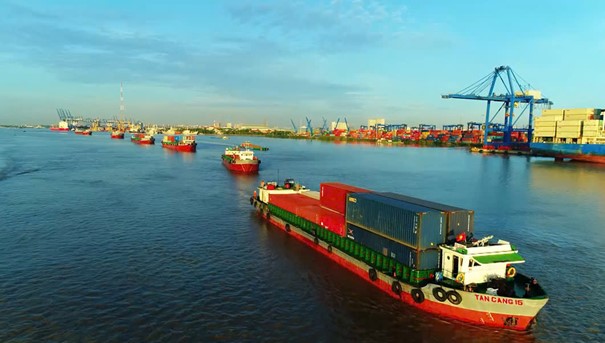 |
| Container transport by barge – solution to reduce congestion at seaports. |
Inland waterway transport – a sustainable solution to reduce logistics costs
Currently, transportation accounts for 60% of total logistics costs, so completing logistics infrastructure to meet transportation needs is essential to reduce logistics costs in Vietnam.
However, to expand and upgrade road and railway infrastructure to meet current and future transport needs, a huge amount of state budget investment is needed (according to the Plan approved by the Prime Minister, the capital investment demand for transport infrastructure for the five transport sectors is about 2,100 - 2,200 trillion VND, of which: roads are about 900,000 billion VND; railways are about 240,000 billion VND).
Meanwhile, our country is blessed with a system of rivers, canals, and coastal shipping routes along the length of the country, which is very convenient for developing inland waterway transport.
With the advantage of transporting large volumes and low costs, contributing to reducing road maintenance management costs, reducing road congestion, minimizing traffic accidents, improving environmental pollution (IMO statistics under 3% CO emissions) ..., currently inland waterway transport handles about 20% of goods transported in Vietnam.
According to the World Bank, this ratio is very high compared to the world average (in China, the European Union and the United States it only reaches about 5-7%).
Many waterway transport routes are playing a very good role, contributing greatly to reducing the load on roads, such as: coastal transport routes with a throughput of nearly 100 million tons/year, contributing effectively to reducing accidents and congestion on the North-South road axis; container transport routes connecting Ho Chi Minh City seaport with Cai Mep - Thi Vai seaport with more than 70% of containers passing through Ba Ria - Vung Tau seaport transported by barge.
In particular, the international waterway connecting goods between Phnom Penh - Cambodia with Ho Chi Minh City and Ba Ria - Vung Tau seaports is over 400 km long, reaching 30 million tons of goods and nearly 1.6 million passengers, with container cargo on the route alone increasing by an average of 20% per year, reaching more than 430,000 Teus by 2023.
In addition, container transport on the northern inland waterway transport corridors, although still low in market share, has recently seen many positive changes: the Hai Phong - Bac Ninh route has increased from 3 trips/week in 2018 to 35 trips/week; the Ninh Binh - Hai Phong route, newly deployed since the beginning of 2024, has now reached 4 trips/week.
From the above analysis, it can be seen that one of the long-term, sustainable solutions to reduce logistics costs is to increase investment and remove policy obstacles to promote the development of inland waterway transport and coastal transport by river-sea transport (VR-SB).
It should be added that inland waterways is a sector with a high proportion of capital mobilization outside the state budget (about 82%), however, to promote private investment, public investment must be "seed capital" to complete the signaling system, ship traffic infrastructure, raising the clearance of bridges over rivers... At that time, the private sector will invest in developing a modern fleet of watercraft and a system of ports and wharves to meet transportation needs, especially ports and wharves for handling container goods.
According to the WB study: “If the investment ratio for road infrastructure is reduced by 2-3%/year, it will not have much impact on transport efficiency. However, if investment in waterway transport is increased by 2-3%/year (reaching about 5-7% of total investment in the transport sector), it will have a very strong impact on the growth of inland waterway transport, bringing great economic benefits to the country, because the average cost/ton-km of road transport is 3 to 5 times higher than that of inland waterway transport”.
In addition to increasing the investment budget for inland waterway infrastructure, some policies also need to be addressed to develop inland waterways, including: adding bridges and wharves dedicated to inland waterway vehicles at seaports and dry ports (which can be included in the conditions when investing and announcing); for provinces and cities that are experiencing serious congestion on roads leading to ports (such as Ho Chi Minh City), there should be exemption and reduction policies to reduce congestion, traffic accidents, and environmental pollution.
In fact, Hai Phong City and Ho Chi Minh City have reduced 50% of port infrastructure fees for goods transported by waterway, especially Ho Chi Minh City exempts 100% of port infrastructure fees for goods transported by barge on the Vietnam - Cambodia Agreement waterway.
In addition, localities can also study and issue policies to support water transport enterprises when transporting goods by barge to and from seaports located in the locality's management area, similar to the policy to support shipping lines opening container transport routes to and from ports as Ha Tinh, Thanh Hoa, Nghe An and Thua Thien Hue provinces have implemented.
Accordingly, at Chan May port - Thua Thien Hue, shipping lines/shipping agents deliver or load goods at Chan May port according to the route with a minimum frequency of two port calls per month, applying a support level of VND 210,000,000/port call.
Enterprises exporting or importing goods by container to/from Chan May port (except temporarily imported and re-exported goods, transit goods), the support level for 20-foot containers is 800,000 VND/container; for 40-foot containers is 1,100,000 VND/container".
At the same time as increasing state budget investment for the development of inland waterway transport infrastructure and implementing the above solutions to promote the development of waterway transport, solutions to attract capital from the private economic sector need to be given more attention to enhance connectivity between transport modes to achieve the goal of reducing logistics costs to the world average, thereby increasing the competitiveness of Vietnamese goods and promoting economic development.








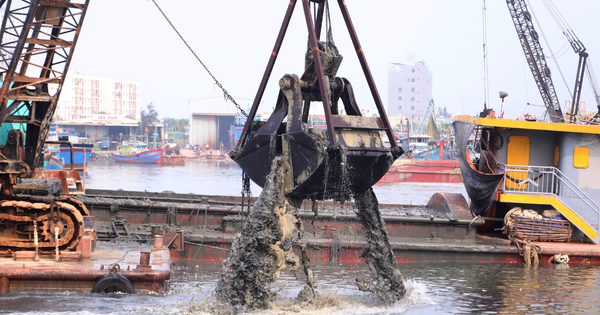

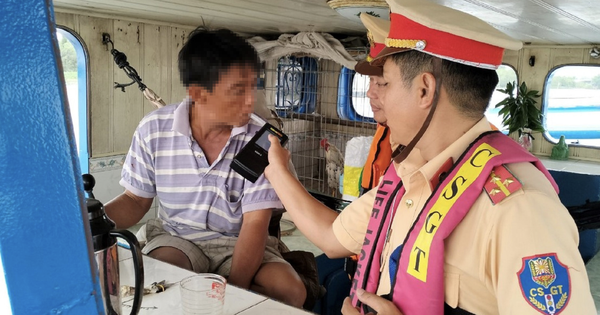
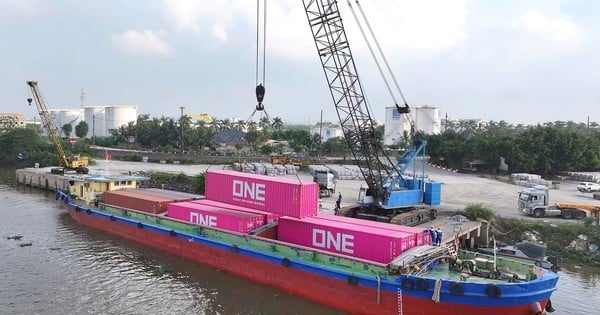
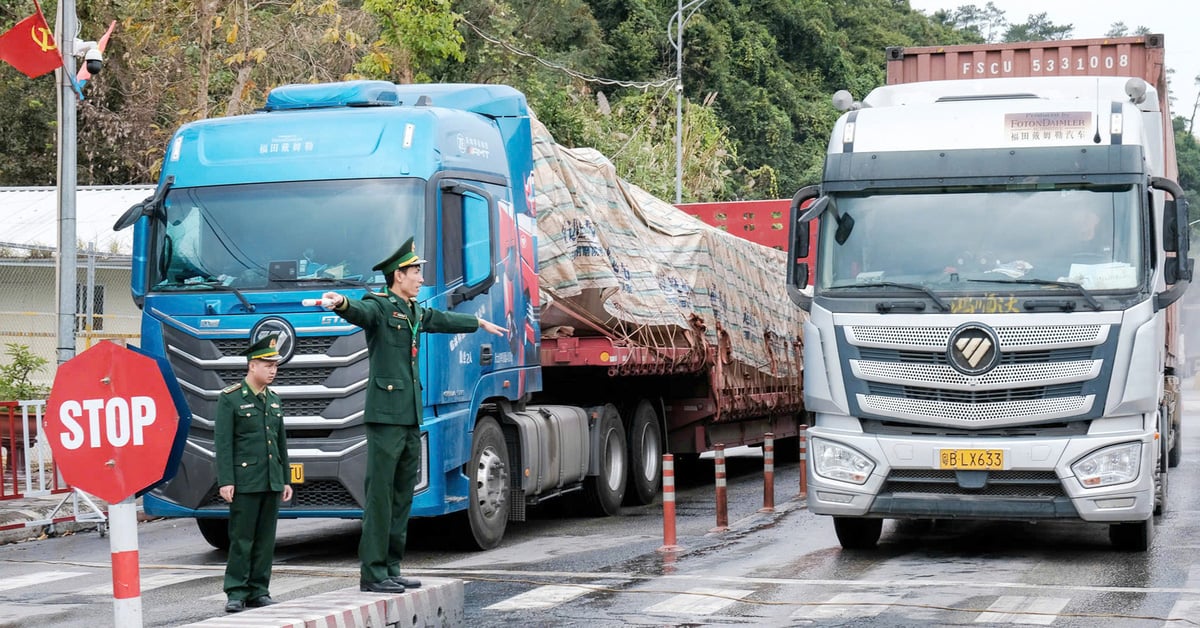

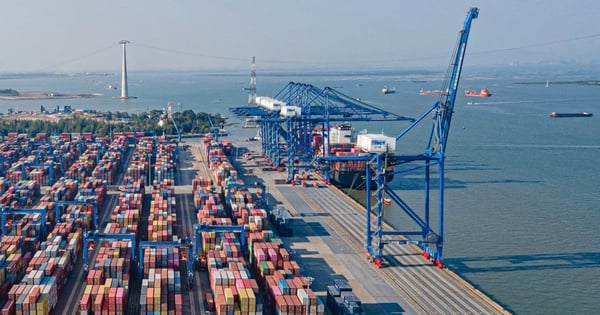
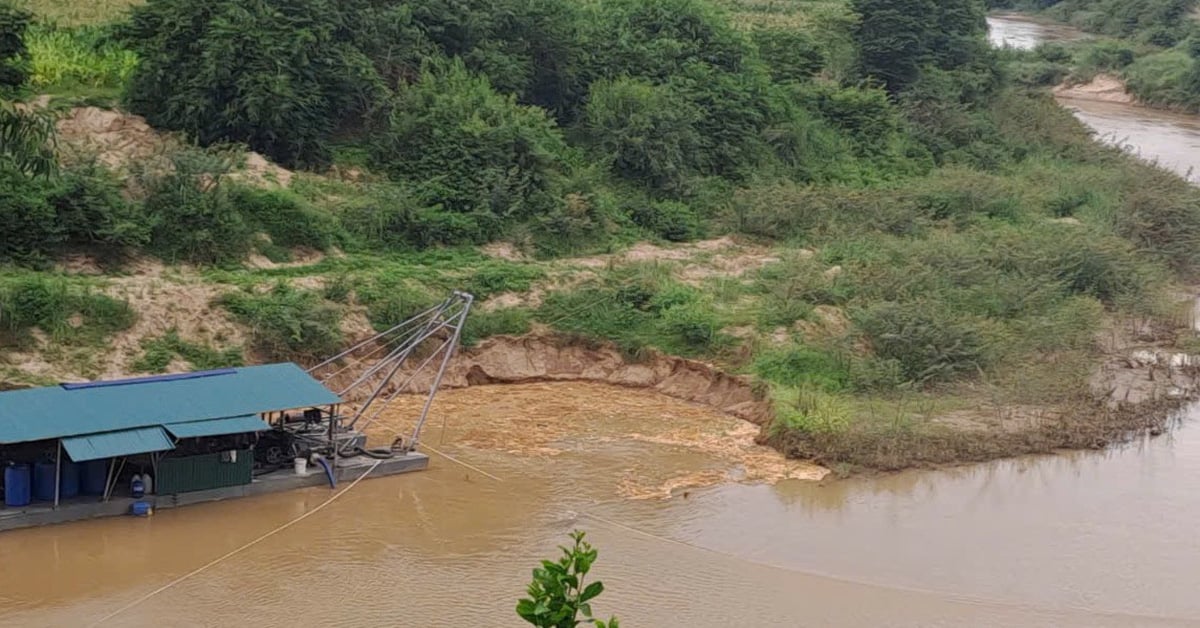



















Comment (0)